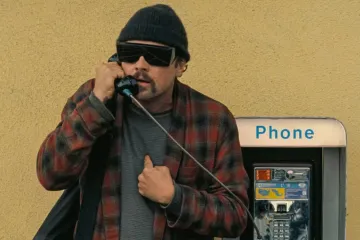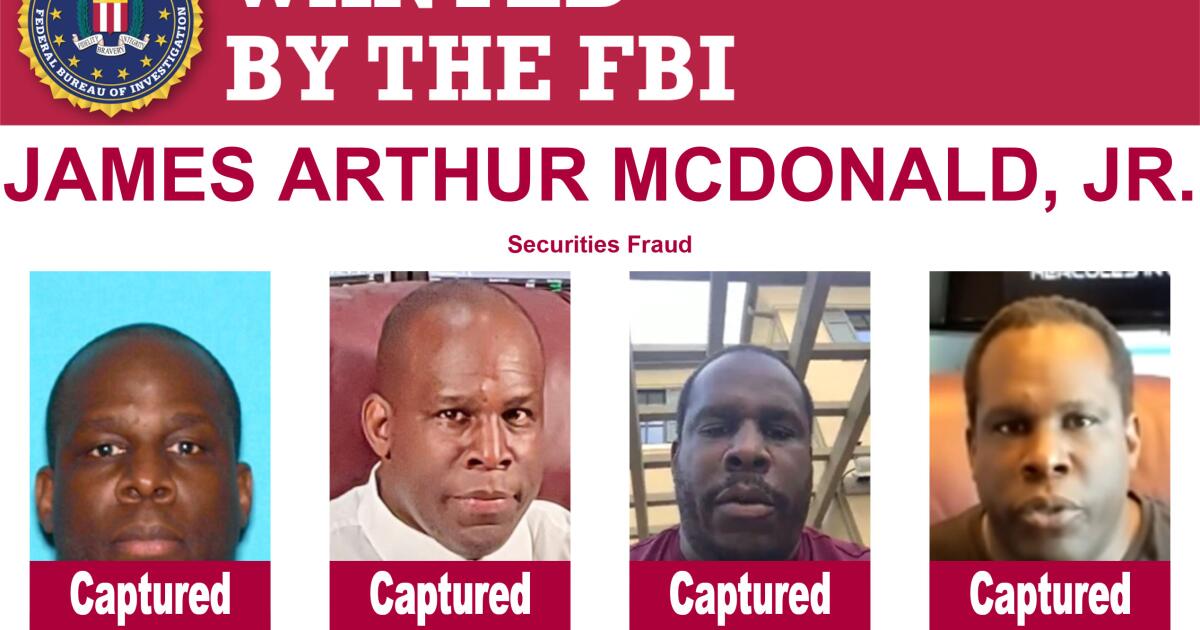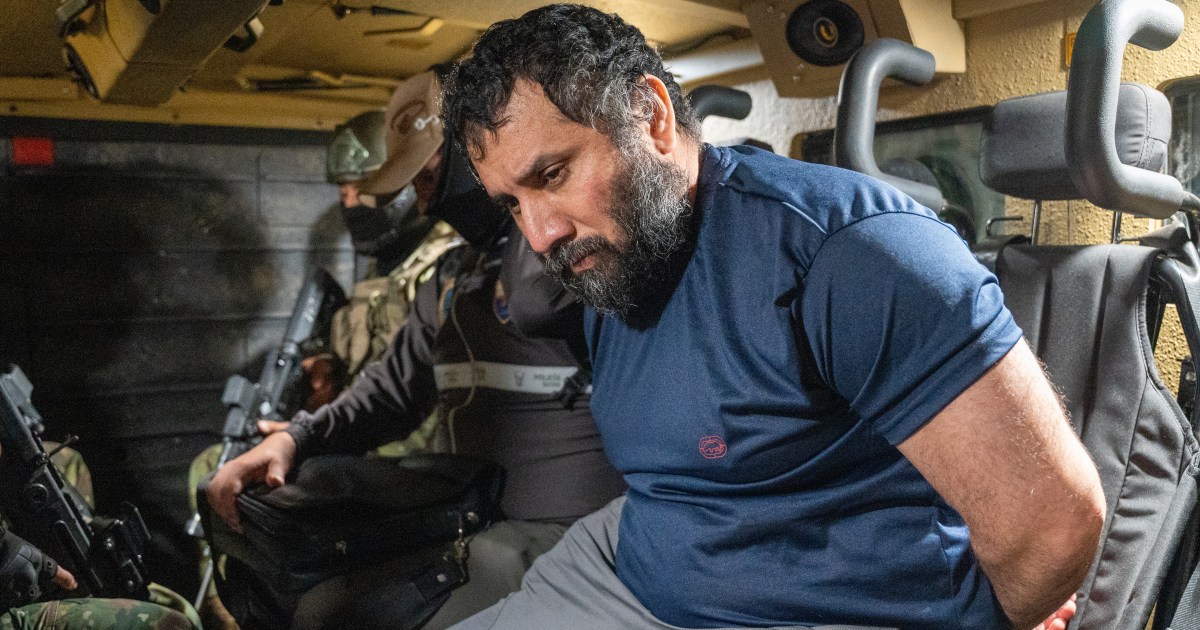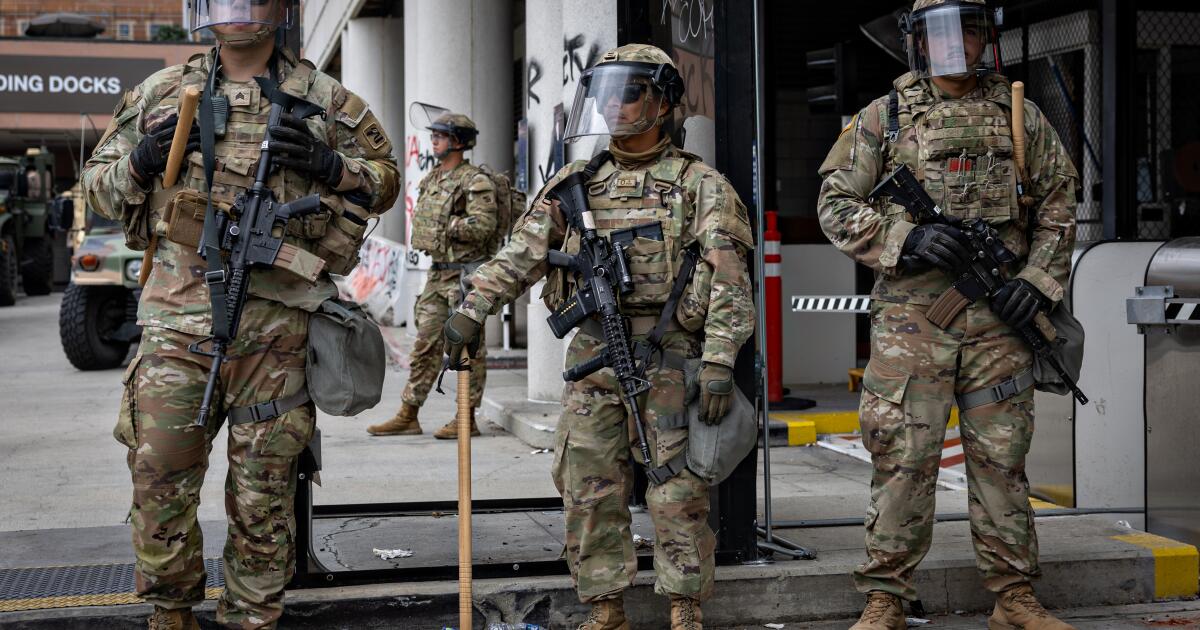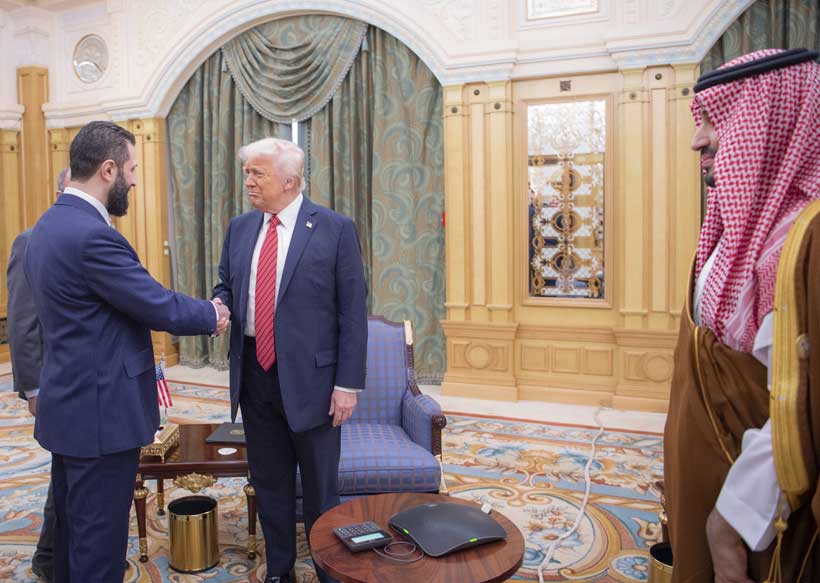Channing Tatum charms in bizarre true story of a toy shop fugitive – but moral muddle keeps it gripping
ROOFMAN
(15) 126mins
★★★☆☆
A NICE guy doing bad things isn’t an original premise for a comedy drama.
But base it on the true story of an escaped felon hiding out in a toy shop and things get more interesting.
Channing Tatum plays Jeffrey Manchester, the charismatic convict from North Carolina with the “you couldn’t make it up” life story.
An ex-military man, Manchester has been struggling financially since being decommissioned.
So to support his family he turns to a professional life of crime.
His first attempt at dropping through the ceiling of a McDonald’s and emptying their tills is such a success he repeats this style of heist 45 more times.
As a non-violent robber who offers people his coat while holding them up at gunpoint, he soon earns himself the local moniker of “Roofman”.
As police put it, he’s a genius, but also an idiot.
When eventually caught and sentenced to four decades behind bars, Manchester swiftly escapes jail and goes on the run.
Looking for a place to take cover he lands on a Toys R Us store and sets up home in a crate under the eaves.
For six months he sleeps undetected, surviving on stolen M&M’s, while watching jobsworth boss Mitch (Peter Dinklage) on CCTV for entertainment and ultimately falling for employee Leigh (Kirsten Dunst), a divorced mum.
The tale of how their romance blossoms — as Manchester increasingly risks his chances outside the store’s four walls — would seem utterly far-fetched, if it wasn’t for the fact that in 2004 it all actually happened. The chemistry between the leads is convincing.
Dunst as Leigh, the church-going single mum falling in love while being unknowingly duped, reminds you that no matter how outwardly likeable Manchester seems, he continually hurt people with his odd mix of arrogance, immaturity and intelligence.
He wants it all to be real, while knowing that it can’t be.
Director Derek Cianfrance (Blue Valentine) periodically lightens things up with various meme-worthy set pieces involving Tatum barely clad in feather boas, or wearing roller blades or completely starkers with only a fan to protect his modesty.
But it is the pondering over how decent a person, or not, Manchester really was that will keep you gripped.
GOOD FORTUNE
(15) 97mins
★★★☆☆
KEANU Reeves is at his Bill and Ted-esque best in this silly, but very funny, light-hearted bromance about a guardian angel who can’t quite get a grip on his heavenly duties.
Written by Aziz Ansari (Master Of None) Reeves is Gabriel, a rookie winged protector limited to saving people from “texting while driving” catastrophes.
He’d like to rescue lost souls too but his boss Martha (Sandra Oh) thinks he’s not ready to be promoted.
One of his celestial charges is Arj (Ansari) who despite being well qualified, can’t catch a break and is sleeping in his car while doing gig economy work in LA for an odd-jobs app.
A stint as assistant for billionaire Jeff (Seth Rogen) – who spends his days shopping for Rolexes and sitting in his sauna – only makes him feel more of a failure. So Gabriel steps in to help by facilitating a life swap between the two, which he hopes will make Arj appreciates what he already has.
The script lacks the substance it was probably aiming for, and there’s far too much chatting about chicken nuggets, but this comedy does deliver lots of laughs.
AFTER THE HUNT
(15) 139mins
★★☆☆☆
SET in the academic enclaves of a rarefied American Ivy League University, this affected campus tale from director Luca Guadagnino could do with a tutorial to discuss what its own discourse is.
Julia Roberts plays Alma Imhoff, a Yale philosophy professor and feminist who is idolised by her students.
Imhoff and husband Frederick (Michael Stuhlbarg) host bourgeois soirees in their art-filled pad where favourite students including Maggie (Ayo Edebiri), and Hank (Andrew Garfield) gather to muse and debate.
But when Maggie accuses Hank of sexual assault and turns to her tutor for guidance, beliefs, boundaries and loyalties blur for both women.
Roberts is exceptional as Imhoff but the pace is so laboured and the ostentatious dialogue so pleased with itself it feels like a dull self-congratulatory lecture.
A repetitive ticking pendulum only emphasises the plodding pace and a subplot about stomach ulcers adds little. Some valid social commentary around generational divides is quickly drowned out by more droning. The many lingering close-ups are stylistically credible yet still dull.
- Laura Stott
FILM NEWS
- JIM CARREY is rumoured to be looking at playing the lead in The Jetsons film.
- SAOIRSE RONAN will play Linda McCartney in Sam Mendes’ Beatles biopic.
- DISNEY will make a live action version of Tangled.


